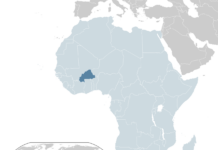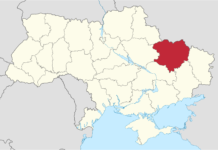As Taiwan’s pivotal presidential election nears, China has taken a strong stance against the island’s current presidential frontrunner, warning the Taiwanese electorate against choosing a leader who favors independence. This development highlights the growing tensions and the significant impact of Taiwan’s internal political decisions on its relationship with China.
The leading candidate, Vice President Lai Ching-te of the Democratic Progressive Party (DPP), is known for advocating Taiwan’s democracy and has previously made statements supporting independence. These views are a major concern for China, which considers Taiwan to be a part of its territory and opposes any moves towards Taiwanese independence. The Chinese government, through its Taiwan Affairs Office, has cautioned that Lai’s potential election could escalate separatist activities and destabilize the Taiwan Strait region.
China’s message to Taiwanese voters is to choose leaders who support peaceful development and reunification with the mainland. Song Tao, head of the Taiwan Affairs Office, emphasized the importance of Taiwanese voters considering the larger implications of their choices on the future of China-Taiwan relations, urging them to stand on the “right side of history.”
In contrast, Taiwan’s main opposition party, the Kuomintang (KMT), is known for advocating closer relations with China and has promised to reinitiate dialogue with Beijing if they win. However, the KMT also asserts that the future of Taiwan should be determined by its own people.
This election is not just a domestic affair for Taiwan but is also being closely monitored by the international community, especially the United States. The U.S. has historically been a strong ally of Taiwan, providing military support and maintaining a policy of strategic ambiguity regarding Taiwan’s status.
The outcome of this election will be crucial in shaping Taiwan’s future direction, particularly its relationship with China and its role in the broader geopolitical landscape of the Indo-Pacific region.
Image is licensed under the Creative Commons Attribution 2.0 Generic license and was created by 總統府.










